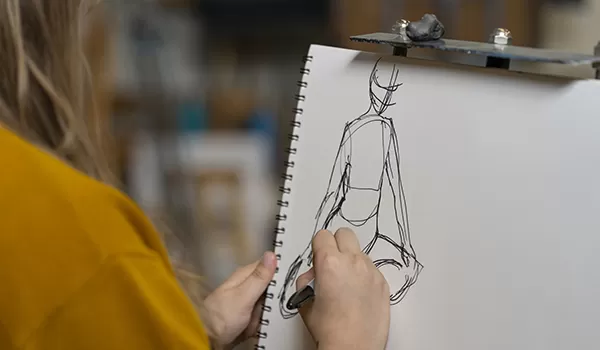New! Linear Perspective: An Essential Skill for Every Artist
09/03/2024 - 10/08/2024 6:00 PM - 9:00 PM
Level: All
Price
$333
Member Price
$283.05
Room: A-02
200 Grant St Denver
Linear perspective is a foundational skill that every artist must master in order to create compelling and realistic artworks. This course explores the significance of linear perspective in the artistic process and its essential role in helping artists depict three-dimensional space on a two-dimensional surface.
Key Points:
Key Points:
1. Creating Realistic Artworks: Linear perspective enables artists to accurately represent depth and distance in their drawings, paintings, and illustrations, resulting in more realistic and immersive artworks.
2. Understanding Spatial Relationships: Mastery of linear perspective allows artists to understand and manipulate spatial relationships between objects, helping them compose their artworks more effectively.
3. Enhancing Composition: By employing linear perspective techniques, artists can create dynamic compositions that guide the viewer's eye and create a sense of depth and movement within the artwork.
4. Illusion of Depth: Linear perspective allows artists to create convincing illusions of depth, making flat surfaces appear three-dimensional and adding visual interest to their artworks.
5. Expressing Ideas and Emotions: Perspective distortion can be used by artists to convey specific emotions or narratives within their work, adding depth and complexity to their artistic expression.
6. Versatility Across Mediums: Linear perspective is applicable across various artistic mediums, including drawing, painting, sculpture, and digital art, making it an essential skill for artists working in any medium.
2. Understanding Spatial Relationships: Mastery of linear perspective allows artists to understand and manipulate spatial relationships between objects, helping them compose their artworks more effectively.
3. Enhancing Composition: By employing linear perspective techniques, artists can create dynamic compositions that guide the viewer's eye and create a sense of depth and movement within the artwork.
4. Illusion of Depth: Linear perspective allows artists to create convincing illusions of depth, making flat surfaces appear three-dimensional and adding visual interest to their artworks.
5. Expressing Ideas and Emotions: Perspective distortion can be used by artists to convey specific emotions or narratives within their work, adding depth and complexity to their artistic expression.
6. Versatility Across Mediums: Linear perspective is applicable across various artistic mediums, including drawing, painting, sculpture, and digital art, making it an essential skill for artists working in any medium.


